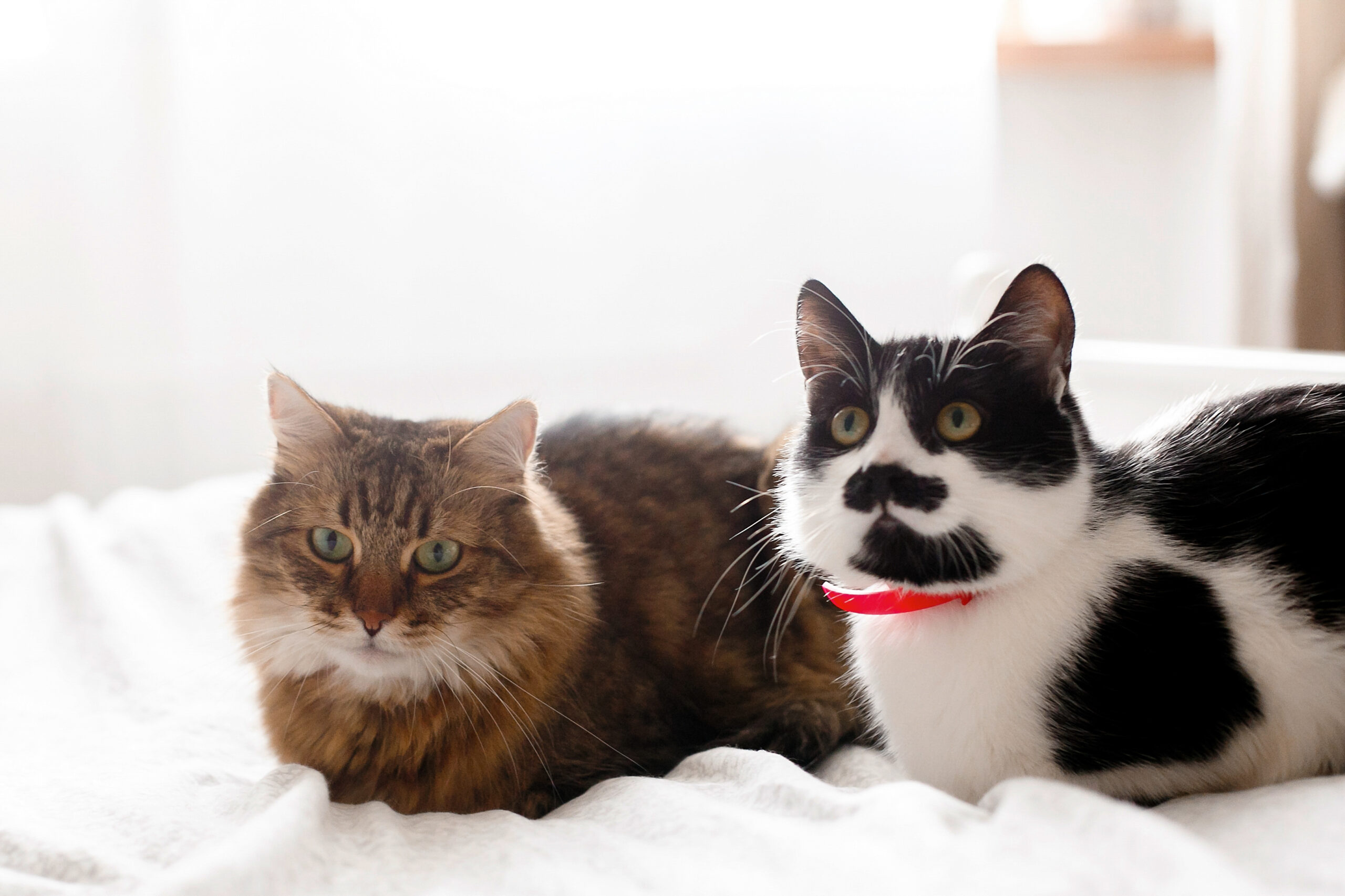
Cats will show these signs by making a bathroom out of your laundry or rug or bed. Or spraying standing up on the couch. Or frequent trips to the box, staying in the box for a long time, pawing around and trying again and again. They may have reddish urine or darker brown urine. This can be hard to see in litter so people often notice when they pee on something else.
Just outside of the box like if they are squatting in the box and missing is often because they don’t have a big enough box. Try a larger storage type box instead of the litter boxes at the store that is too small for many cats. Senior cats or cats with mobility problems often have a hard time getting in and out of the box. They do well with boxes that have lower sides.
In this article, we’ll explore the various causes of inappropriate urination in cats, from medical conditions to behavioral issues. We’ll explore underlying conditions, diagnosis, treatment options, and preventive measures, providing you, cat parents with a valuable resource for navigating this common challenge.
So, you might be wondering, what exactly are we talking about when we say “urinary issues”? Well, it could be anything from your cat avoiding the litter box to using your bed or laundry as a litter box, increased frequency of trying to urinate, going in the box frequently or noticing blood in their urine. These issues can be caused by a variety of factors, including medical conditions and behavioral issues.
Inappropriate urination in cats can stem from various medical conditions, necessitating a thorough veterinary evaluation.
Identifying and addressing these medical conditions are crucial steps in managing inappropriate urination.
This can become a very severe problem in a short amount of time so having your cat seen by a veterinarian should be your first step.
They will usually check a urine sample, and sometimes blood tests, x-rays or ultrasound. This can help us diagnose the cause of the problem and decide on the necessary treatments.
Treatments often involve pain medications, antibiotics, diet change which can change the bladder environment and make crystal and stone formation less likely. Anti-anxiety medications may also be considered if they are particularly nervous kitties.
Believe it or not, your cat’s bathroom habits can be influenced by stress. Changes in their environment, like moving house or introducing a new pet, can cause them to act out. They might start peeing outside the litter box as a way of marking their territory or because they are in pain from stress-induced bladder inflammation (cystitis). It’s essential to consider any recent changes in your cat’s life that might be causing them stress.
Litter box aversion is another common behavioral issue leading to inappropriate urination in cats. Cats are fastidious creatures, preferring clean, accessible litter boxes. Issues like dirty litter, inadequate privacy, or litter box location can deter cats from using them. They also get stressed when they can’t find a suitable bathroom they are comfortable with. Sometimes they hold it for a long time and it leads to bladder inflammation, other times they will be resourceful and find other places to eliminate.
Trial and error and easy access is key here. Set up options in the house for your cat, such as box location, type of box, and litter, and let them show you their preferences.
Preventing future episodes of inappropriate urination requires a multifaceted approach encompassing environmental enrichment, dietary considerations, and stress management.
Finally, remember to take a deep breath and stay calm. Dealing with bathroom issues can be stressful, but getting worked up won’t help anyone. Punishment doesn’t work for cats! Stick to your vet’s advice, make some tweaks to your cat’s environment, and give them lots of love and attention. With time and patience, you’ll get through this together!
In conclusion, cat urinary problems present multifaceted challenges that require a thorough approach. By understanding the underlying causes, addressing environmental triggers, and seeking appropriate veterinary care when needed, pet parents can effectively manage these issues and ensure their cat’s continued health and happiness.
August 7, 2024
August 7, 2024
August 7, 2024
June 17, 2024
Does your pet have one of these commonly missed problems? The first step is recognition to get them feeling their best.
Discover MoreDental health is vital to optimizing you pet’s comfort and well-being
Discover MoreEssential tips for keeping your cat happy and healthy
Discover More